Pine Tree survival hacks
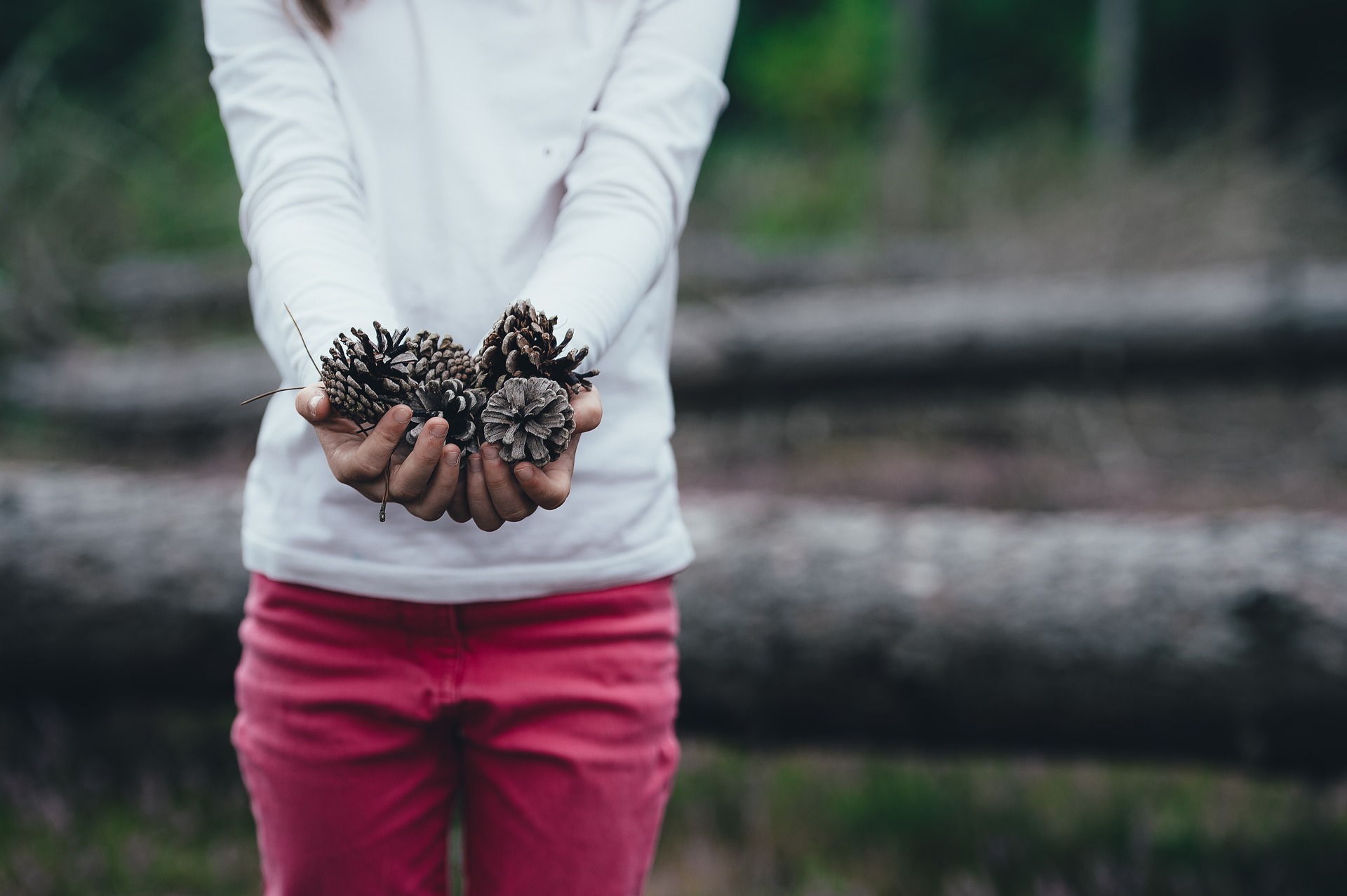
You and a friend are off on a hiking trail through the wilderness, populated by forests of pines, plenty of rivers, hills, and valleys.
You are planning to bivouac in the shelter of the trees and have a lightweight tent to keep the worst of the weather out – although you don’t expect anything bad weatherwise.
The plan is to catch fish to supplement your very small – but well thought-out menu for the five planned days.
It will be an exciting expedition – for you have read all the informational literature, taken note of what other experienced hikers have said, chosen a trail that is fairly well defined, you have the correct clothing, and you have been keeping fit – so off you go!
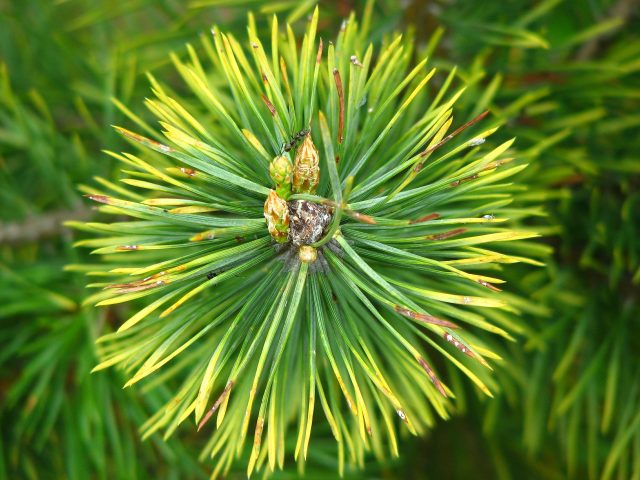
It is one of ‘Murphy’s Laws’ that if something can go wrong, it does. So let us, for the sake of the story, say that something did indeed go wrong, right in the middle of the hike. Some unscrupulous Marauder came into your camp, destroyed much of your equipment and took off with a good portion of your food supplies – so what to do now?
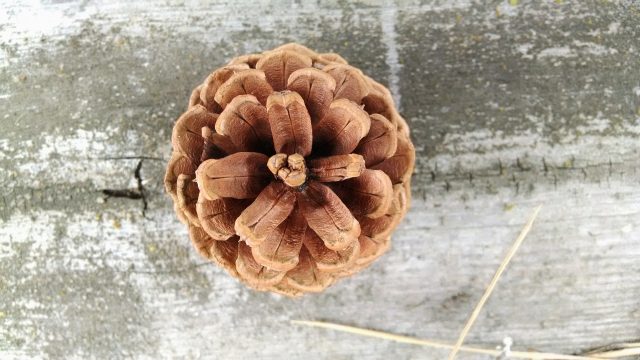
Fear not, for all around you are stalwart survival/rescue opportunities, the best of which is the ordinary pine tree. It would be to everyone’s advantage if they, before hiking off into the wilderness, set aside some time to acquaint themselves with the particular species of trees which grow in the chosen hiking area, and learn to identify them. It would be even more useful to be able to discern the differences between pines and the similar-looking spruces and firs, as well as being able to recognize the different types of pine tree.
In other words, do some research and ge tot know your trees and how awesome they are.
Shelter
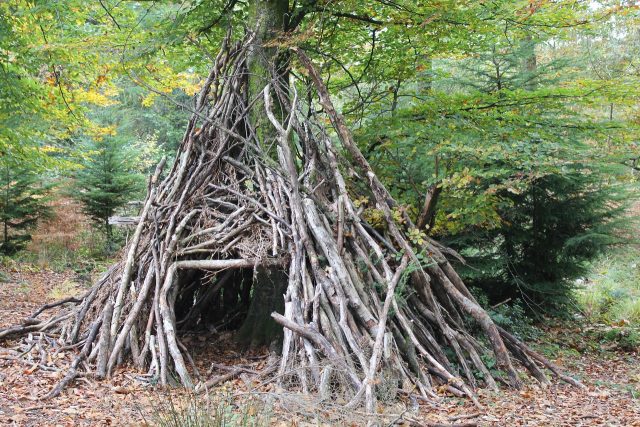
Should your tent have been ruined – the pine tree can help you out. A few of the dead branches collected and positioned as a basic “rib-cage” and then covered with newer branches of silky pine needles, will give one a reasonable shelter – especially if placed under a pine tree as that will help filter out the rain (snow too) even more, keeping most of it off you. Extra piles of pine needles packed on top of the shelter makes for even more waterproofing and a higher insulation value.
Remember, when building a shelter, it needs to be just big enough so that you can conserve heat and you use the minimum effort to erect it.
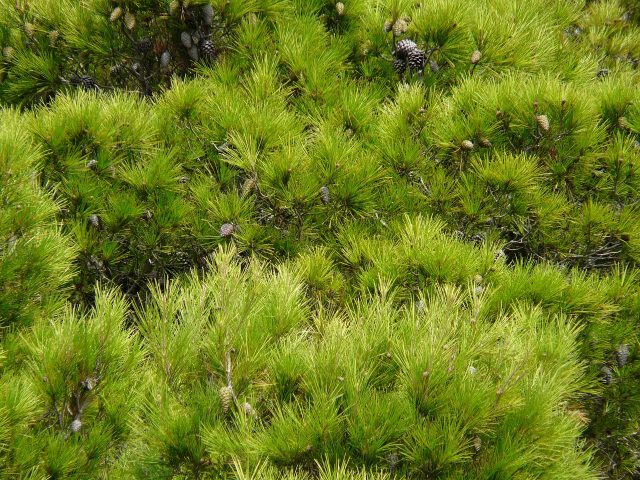
For added comfort, collect more pine needles and create a comfortable mattress for yourself. The needles will insulate you from the damp and cold of the ground and if you spread fresh needles on top of this bed, it will both deter bugs and provide a pleasantly fragrant sleeping accommodation.
Should you become really cold, pack soft green needles in between the layers of your clothing which, while being rather scratchy, will at least keep you warmer!
Injuries
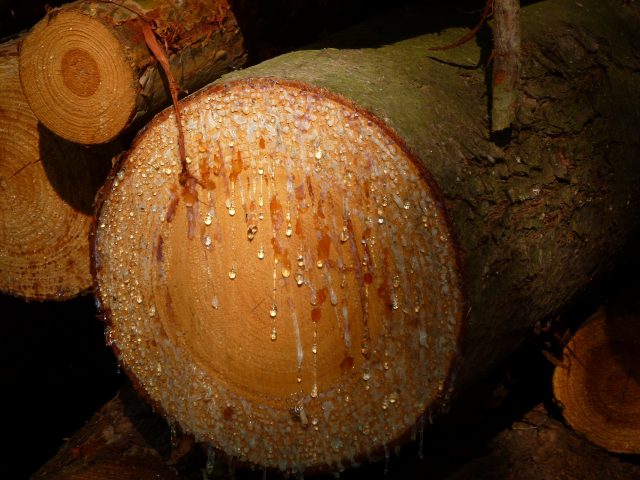
Let us assume, with all the activity required for the building of your pine shelter, you have managed to cut yourself quite badly – again, the pine tree can help. Look about for a previously damaged tree, and you will find there is a lump of resin which the tree has exuded in order to protect itself. Collect this resin, for it can be used on your cuts, scrapes, and abrasions.
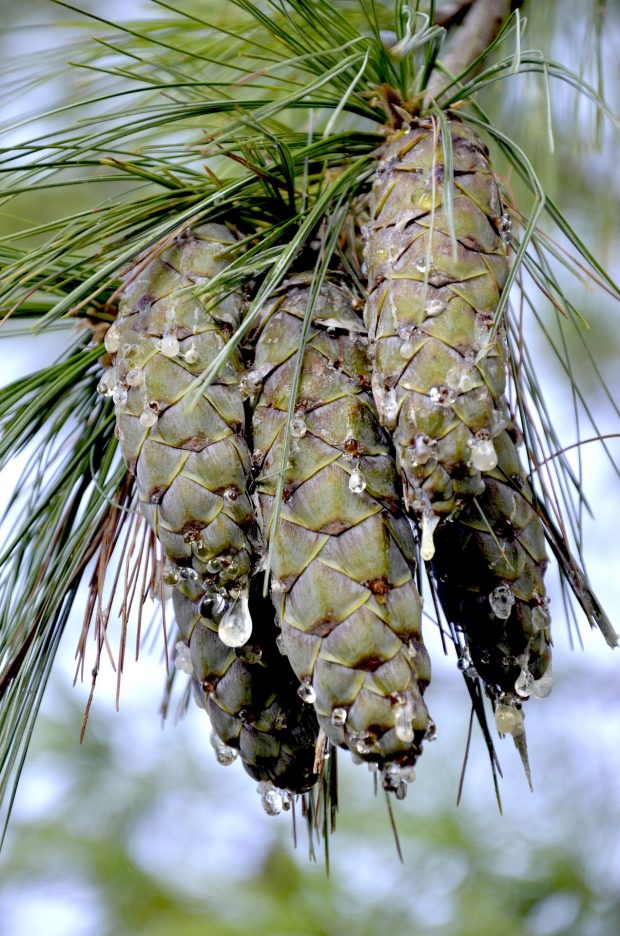
The resin can be applied just as is, or you can melt it over a gentle heat and place it directly over the wound like a bandage. It is a natural antiseptic and disinfectant which can be applied directly to cuts, abrasions, and rashes. It can also be used in the treatment of burns, blisters or even to extract splinters which, on being covered with the resin for a few days, come out on their own.
Food
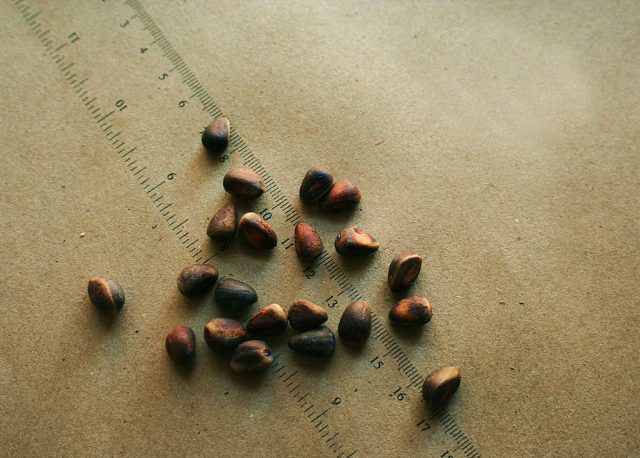
Pinus sibirica – Siberian Pine seeds – Author: Joey Volpe – CC BY-SA 3.0
With the shelter built, the bed made and the wounds tended, our thoughts turn to hunger! Very little food was left by our marauder and there was no time to try to catch fish – but once again, the pine comes to the rescue! The bark, the resin, the seeds, the cones and the needles of the pine tree may all be used for eating, well, sustaining life, some of it isn’t that tasty!
The bark from the smaller twigs of the pine can be peeled off in thin layers, while from mature trees, the outer chunky pieces of bark can be pulled off and the softer layer underneath used. It can be eaten raw or chopped up and cooked.
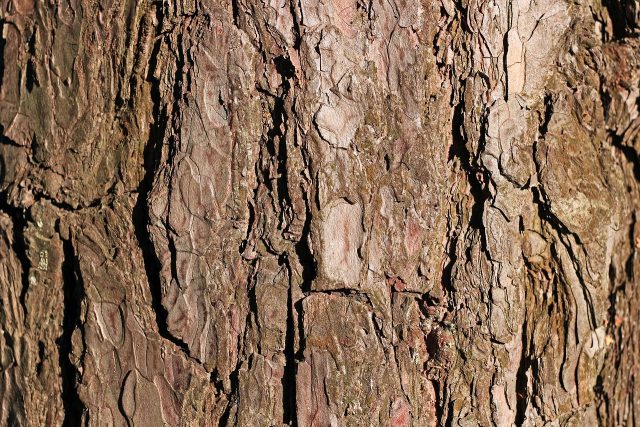
The resin too may be eaten. If you are fortunate to be able to collect the small and soft male cones (usually only found during springtime) they too can be eaten – one can roast them in the fire or simply boil them. Very tasty too, are the pine nuts, found in the female cones and quite easy to remove: raw or toasted, they are a real treat and have a good level of nutrition.
Beverage
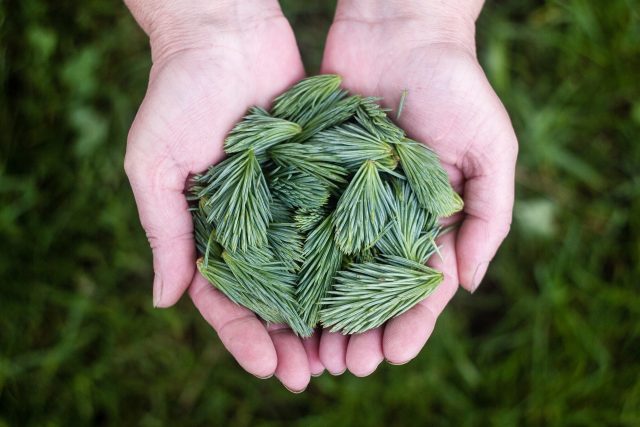
One can make tea using the green pine needles. (You need to know your pine trees as the needles of some pines, e.g., the Norfolk Island and Ponderosa, are poisonous!) Add the pine needles to a container of boiling water, boil for two minutes, remove from the fire and allow to steep before straining out the needles. You will be left with a warm beverage which has the added advantage of containing Vitamin A and vitamin C.
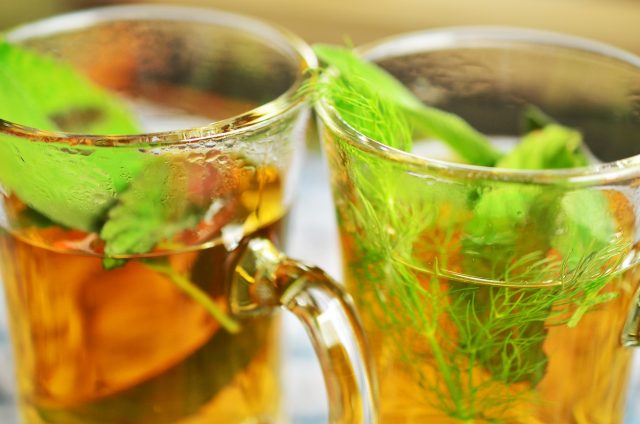
We are told that you can also make tea from the resin which, when mixed with warm water, is effective for the treatment of stomach ulcers and rheumatoid arthritis, neither of which – we assume – is plaguing our hikers!
Campfire
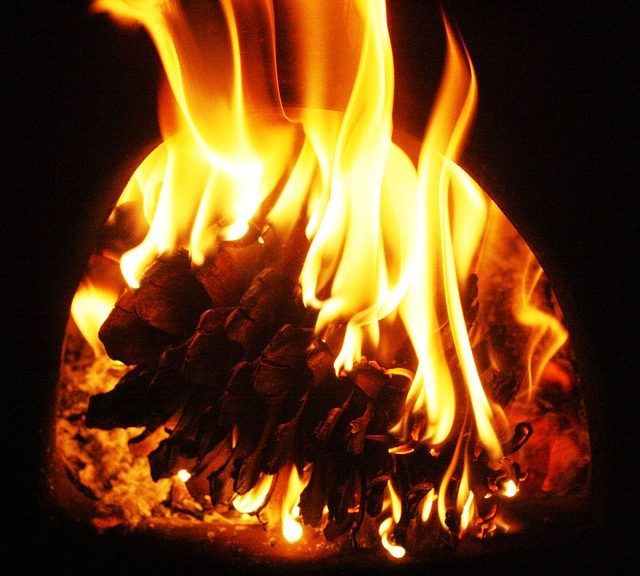
When making fires, the smaller dry sticks, the dry needles and the smaller dry cones of the pine make ideal kindling. Once going well, add bigger pine logs to the fire. Should more light be needed, once more we turn to the pine tree. Select a suitable, thick-ish green pine stick and cut a deep cross into one end into which pieces of resin are firmly packed. The resin is then lit ….. and voila! …. there is your brightly shining torch-light.
It’s important, at all times, to be aware of all the surrounding area, to ensure that the spitting fire or the burning light cannot inadvertently ignite anything else and cause yet another of “Murphy’s” happenings!
Fixing things
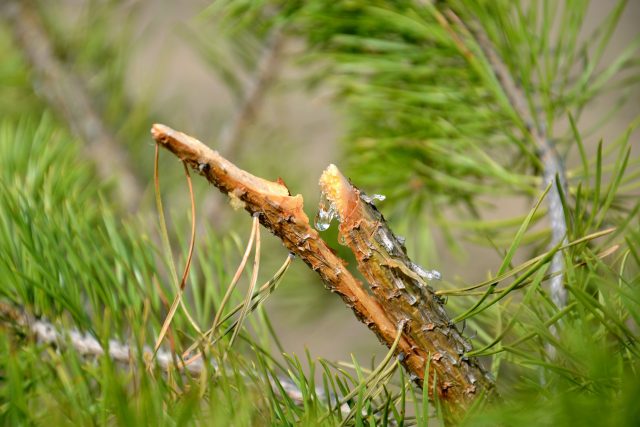
Should you for some reason need to glue or waterproof your shoes, fix a food bowl, a water container or even your kitbag – the resin from the pine tree can be utilized for that. The resin is gently warmed to melting consistency and then ash from the fire is stirred in for extra strength before it is applied.
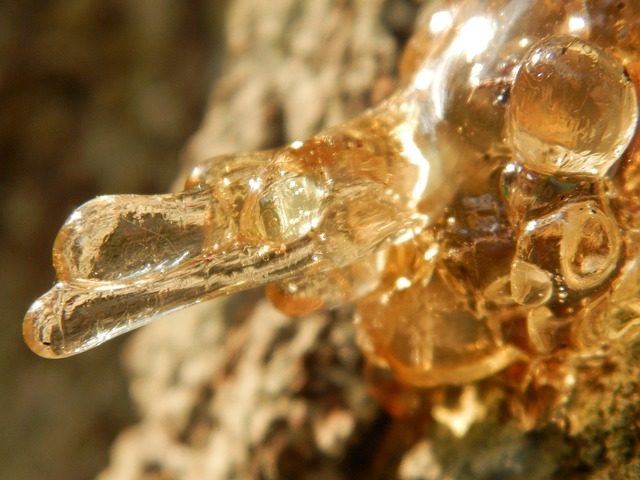
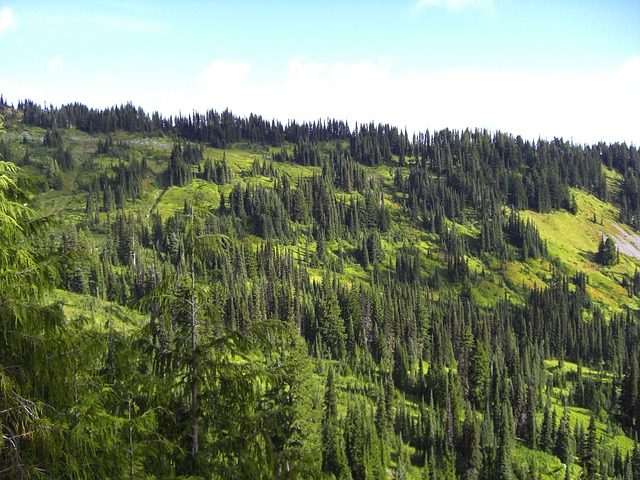
At last, aided by the pine trees in so many ways, you safely and successfully reach the end of your hiking trail. You have made it, you utilized survival tactics, and you have succeeded – in spite of Murphy.
Before you leave, however, it would be a good gesture to say “Thank You” …
So go and hug a pine tree!
If you have any comments then please drop us a message on our Outdoor Revival Facebook page
If you have a good story to tell or blog let us know about it on our FB page, we’re also happy for article or review submissions, we’d love to hear from you.
We live in a beautiful world, get out there and enjoy it.
Outdoor Revival – Reconnecting us all with the Outdoors
